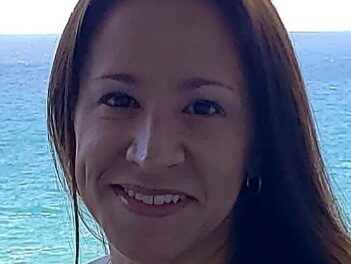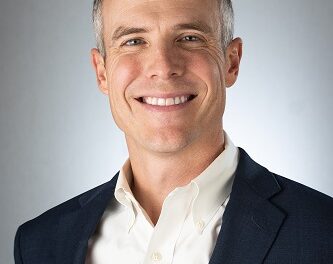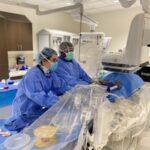Jean Hook was busy being a wife, mother, gardener and cook when her life suddenly changed. On July 8th, 2007 Jean suffered a brain hemorrhage and had to have surgery to remove a large aneurism at the rear of the brain. Although the operation was successful, due to the extent of the aneurism, Jean remained in critical condition for several weeks. After 4 months, she was well enough to be transferred from the hospital in Cambridge to her local hospital in Peterborough, a city 78 miles north of London.
Jean made continued progress over the weeks and months but still has left sided disabilities. Jean along with the help of her husband Dennis, utilized exercises they learned from their physical therapists every day to help Jean get stronger and recover more function on her left side. The most difficult challenge, however, has been dealing with the Dysphagia which is the inability to swallow.
Due to the severity of her Dysphagia , Jean has been restricted to a stomach PEG for feeding and administering her medications. After going through a program of throat exercises, she was eventually informed by her therapist and various ENT consultants that nothing could be done to resolve the problem and she would be restricted to PEG feeding for the rest of her life. This challenge was difficult to face and neither Jean nor Dennis wanted to give up especially as Jean had already lost her sense of taste and smell following an earlier brain hemorrhage in 1990. With that said, Dennis started researching on alternatives to what was available to them in England.

(l-r) Dennis Hook; Kenneth Peters, Team Leader, SLP; Jean Hook; and Sissi Infante, SLP
During his research, he learned about VitalStim. This treatment uses external pads placed on the throat with electrical impulses passed to the swallowing muscles to help stimulate the swallowing process. This treatment was introduced and perfected in the USA. After numerous tests on thousands of patients, the process was approved by the FDA in 2002. Since then many clinics and hospitals in the USA have been treating patients with incredible success rates. This treatment is not available under Englands National Health Service and only one hospital in the UK is offering this procedure on a private patient basis.
After evaluating experience and costs, Dennis decided to take his research to the next level and found that HealthSouth Rehabilitation Hospital of Miami not only had VitalStim but also were certified in Experia and had the equipment on site. This equipment is limited to very few hospitals in the United States. Dennis called and spoke to Marla Fant, Marketing Coordinator who answered questions and ultimately coordinated a phone meeting with Kenneth Peters, Speech Language Pathologist Team Leader. Because their daughter lives in Big Pine Key, they decided they would like to come to Florida and give this therapy a try.
The Hooks arrived at HealthSouth on January 6th for their initial evaluation and Dennis drove Jean up from the Keys every day for a session with the Speech Team at HealthSouth Rehabilitation Hospital-Miami. The evaluation was conducted to determine the severity of the dysphagia and most importantly to identify the impaired muscles resulting in the swallowing dysfunctions. The course of therapy consisted Neuromuscular Electrical Stimulation (NMES) using different waveforms (High Volt Pulsed Current and VMS) to the identified impaired muscles. The purpose was to increase sensory input and motoric contractions in order to recruit type II muscle fibers required for a successful swallow. Myofascial Release was used to stretch particular muscles in order to promote muscle balance and increase range of motion. Progressive resistance training and yiscosity and bolus loading were used to increase the strength of a swallow by recruiting the type II muscle fibers which are the primary type of fibers used in a swallow and also the first to atrophy following an injury. Surface Electromyography (sEMG) was used to establish baseline muscle activity and to objectively measure the amount of effort put forth during the swallow.
Jean Hook made consistent and measurable progress in therapy. She was able to achieve 15% gains in the effort put forth during the swallow from her baseline and increase her endurance from 15 swallows at 15% gains to over 90 swallows at 15% gains. She tolerated trials of nectar thick liquids, honey thick liquids, puree and mechanically soft foods with no overt s/s of aspiration. Mrs. Hook was able to sustain a vowel from .95 seconds to over 9 seconds when measured using a machine to measure the acoustic parameters of voice. She was able to increase the speed of initiation of a swallow as well as increase the amount of laryngeal elevation from .5 cm to 1.7 cm.
Post Views: 944




























